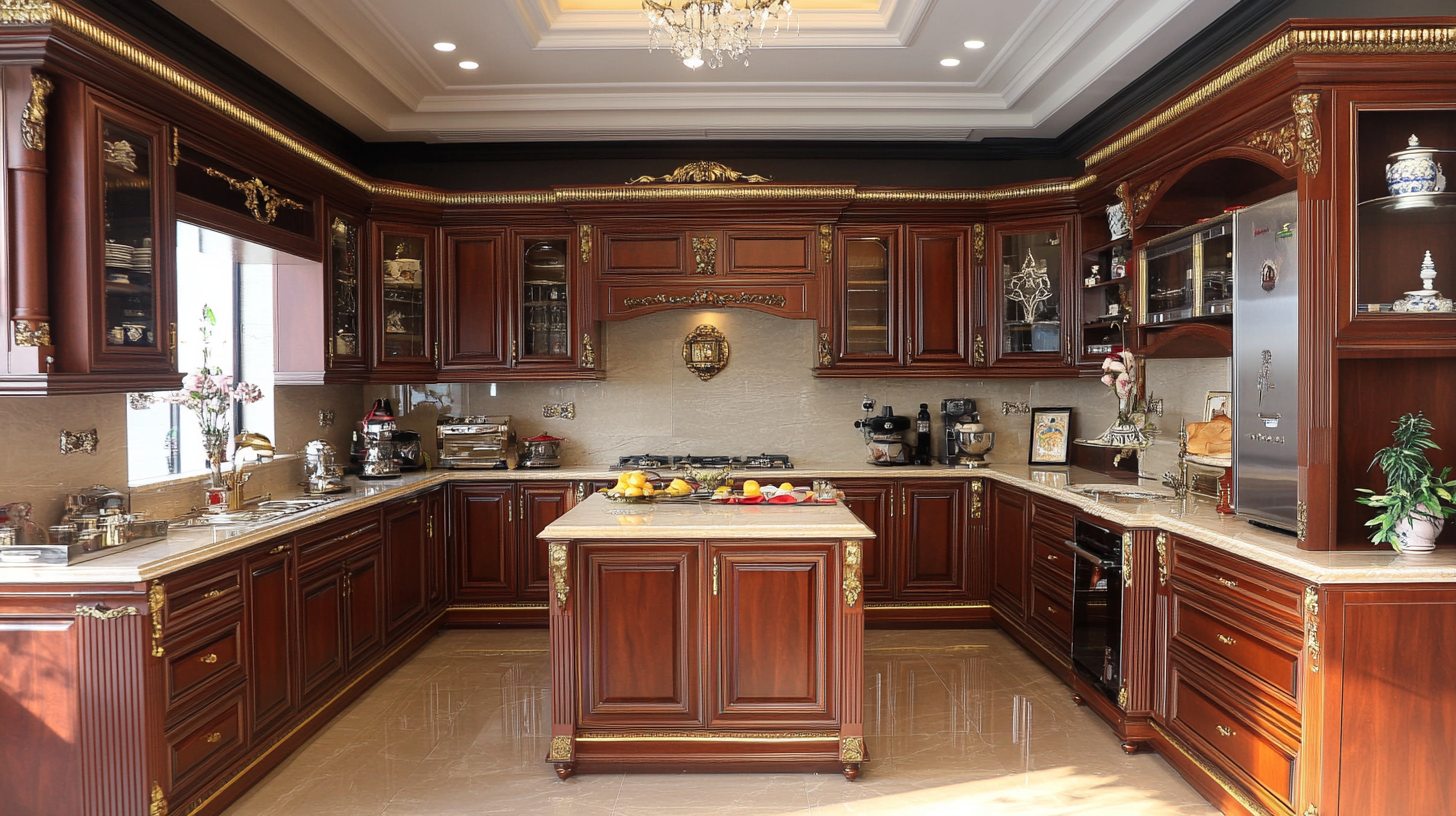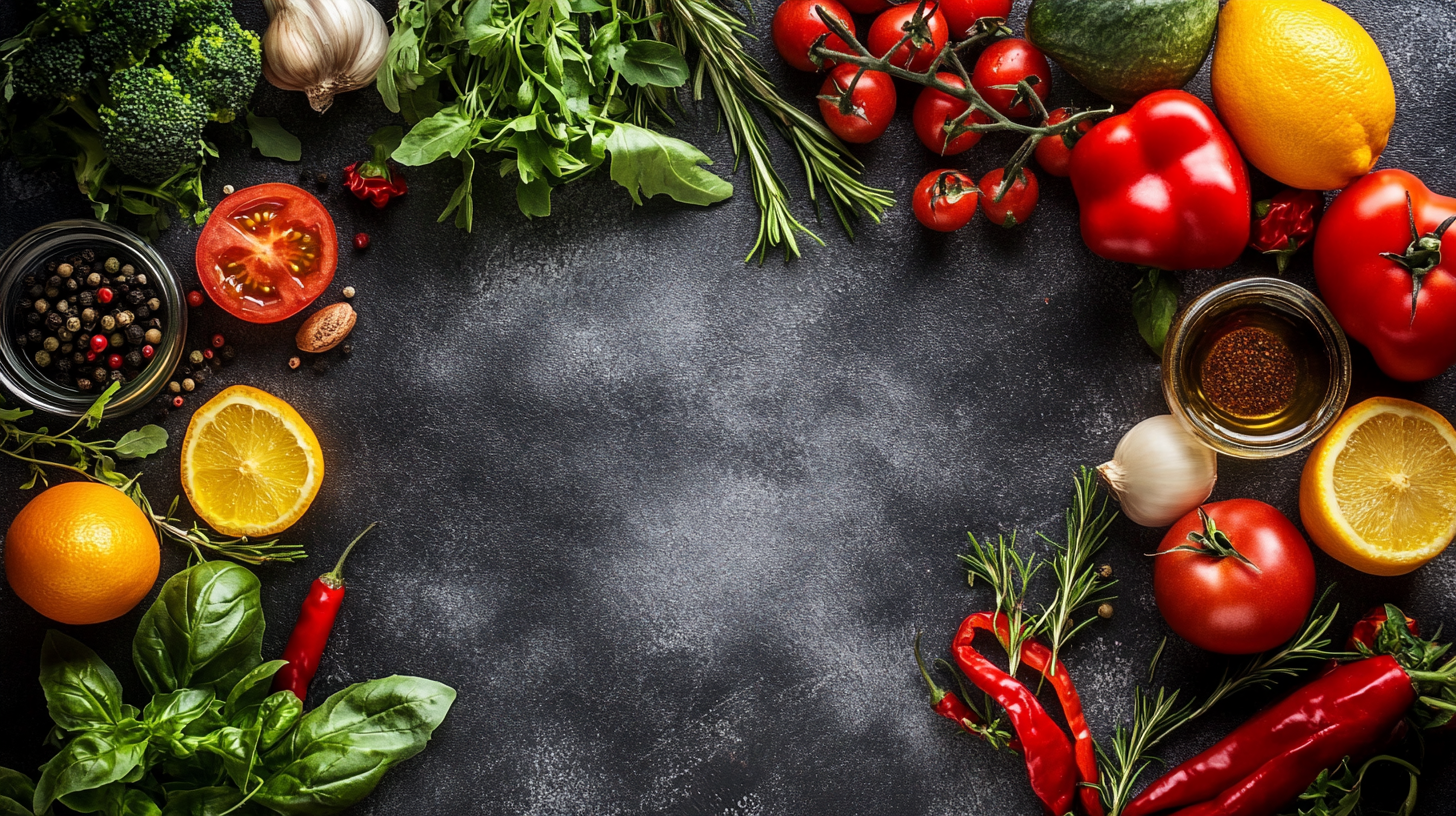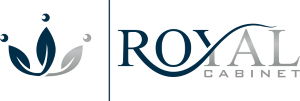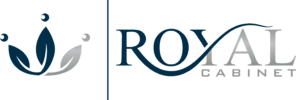Navigating Global Certification Standards for Cabinet Kitchen Import and Export Success
The global cabinet kitchen market is experiencing significant growth, projected to reach USD 114 billion by 2027, according to a recent report by Grand View Research. This surge is driven by increasing urbanization, a rising trend in home renovations, and a growing interest in sustainable kitchen solutions. As import and export opportunities expand, understanding the myriad certification standards becomes crucial for manufacturers and distributors. Compliance with these standards not only ensures product quality and safety but also enhances market competitiveness and consumer trust.
In addition to regulatory compliance, navigating the complexities of global certification standards can open the door to new markets and potential sales growth. The International Organization for Standardization (ISO) reports that companies engaging in certification processes often see a significant boost in operational efficiencies and customer satisfaction. For the cabinet kitchen industry, aligning with standards such as ISO 9001 (Quality Management Systems) and ISO 14001 (Environmental Management) can significantly contribute to operational excellence and brand reputation, paving the way for sustained success in the competitive landscape of kitchen imports and exports.

Understanding the Importance of Global Certification Standards in Kitchen Cabinet Trade
In the global kitchen cabinet trade, understanding the significance of certification standards is paramount for ensuring product quality and compliance. With the increasing complexity of international regulations, companies engaged in import and export need to navigate a myriad of certification requirements to successfully penetrate new markets. According to a report by the International Trade Centre, approximately 60% of global trade is subject to varying standards, which highlights the critical nature of adhering to these regulations to avoid costly delays and penalties. Recent developments in global trade, such as China's measures to boost integrated development of domestic and foreign trade, underline the importance of compliance with international standards. Companies that align with these standards not only demonstrate credibility but also access broader market opportunities. For instance, embracing mandatory certifications could enhance a brand's reputation, especially in regions where consumers are increasingly discerning about product quality and safety. Moreover, the ongoing discussions around frameworks like Malaysia's initiative for blockchain in halal certification reflect a growing trend towards transparency and reliability in certification processes. Such advancements are essential in demonstrating due diligence to stakeholders and consumers alike. As the kitchen cabinet industry continues to evolve, adapting to and understanding these global certification standards will play a fundamental role in ensuring long-term success in international markets.

Key Certification Bodies and Their Requirements for Import and Export
When it comes to the import and export of cabinet kitchens, understanding the certification standards set by various organizations is crucial for success in global markets. Key certification bodies, such as the International Organization for Standardization (ISO), the American National Standards Institute (ANSI), and the European Committee for Standardization (CEN), play vital roles in ensuring quality and safety in cabinetry products. According to a report by the Business Research Company, the global kitchen cabinet market was valued at approximately $96.1 billion in 2021 and is expected to grow steadily, emphasizing the importance of compliance with international certification standards for businesses aiming to enhance their market reach.
Each certification body has specific requirements that must be met before products can be marketed in different regions. For instance, ISO 9001 focuses on quality management systems and is essential for manufacturers seeking to establish sustainability and efficiency in production. Meanwhile, ANSI standards ensure that kitchen cabinets meet safety and performance criteria in the United States, which is critical for consumer trust and legal compliance. Furthermore, CEN standards are crucial for accessing the European markets, where compliance with EN 14749 for domestic and kitchen furniture is often mandatory.
Companies must navigate this complex landscape of certification requirements to capitalize on international trade opportunities. Adhering to these standards not only facilitates smoother trade processes but also enhances brand reputation and customer satisfaction. As the market continues to expand, investing in appropriate certifications can lead to significant competitive advantages in the growing cabinet kitchen industry.

Navigating Regional Variances in Certification Standards for Cabinets
Navigating regional variances in certification standards for cabinets is essential for businesses seeking success in the global kitchen import and export market. Each region has its own regulations and requirements, which can vary significantly. For instance, the American National Standards Institute (ANSI) outlines stringent guidelines for cabinetry products that include safety, durability, and performance standards, while the European Union operates under the CE marking system, focusing on product safety and environmental impact.
In North America, the kitchen cabinet market was valued at approximately $18 billion in 2022, with expectations for steady growth. Companies must adhere to the architectural and kitchen cabinet industry regulations to ensure compliance. The Kitchen Cabinet Manufacturers Association (KCMA) reports that cabinets need to pass rigorous testing to meet the ANSI/KCMA A161.1 standard, which covers everything from structural integrity to moisture resistance. Failure to obtain necessary certifications can lead to costly recalls and reputational damage.
Conversely, in Asia, countries like China have begun to align with international standards but still retain unique regional practices. For example, the China National Standard (GB/T 19836) sets specific guidelines on formaldehyde emissions to address health concerns that are increasingly relevant for consumers. A report by Statista indicates that in 2021, the Chinese cabinet market was estimated to be worth over $30 billion, driven by rising demand for higher-quality, certified products.
Understanding these regional differences is critical for manufacturers and exporters. Compliance with local certification standards not only ensures market access but also enhances customer trust and brand reputation in a competitive landscape. As global trade continues to evolve, staying informed about certification requirements will be pivotal for success in the cabinet kitchen industry.

Best Practices for Ensuring Compliance with Global Standards
Navigating the complex landscape of global certification standards is crucial for businesses involved in the import and export of kitchen cabinets. To ensure compliance, companies must adopt best practices that not only meet regulatory requirements but also enhance marketability. According to a report by the International Trade Centre, over 60% of kitchen cabinet exports are affected by some form of compliance standard, making adherence paramount for market entry and consumer safety.
First and foremost, companies should conduct thorough research on the specific certification requirements in their target markets. For instance, the European Union has stringent standards like the EN 14749 for furniture durability, which must be satisfied to penetrate the market effectively. Adopting a proactive approach to compliance ensures that businesses can avoid costly delays, as studies show that non-compliance can lead to up to a 20% increase in logistical costs.
Moreover, implementing a robust quality management system (QMS) can streamline the certification process. According to the ISO (International Organization for Standardization), organizations with an established QMS can reduce overall product failure rates by up to 30%, significantly boosting both consumer confidence and brand reputation. Regular audits and employee training on compliance standards are essential components of an effective QMS, empowering staff to understand and apply relevant regulations consistently.
Lastly, leveraging technology can aid in tracking compliance status through digital documentation and reporting tools. A survey from Statista indicates that businesses using compliance management software have increased their reporting efficiency by 40%, freeing up resources for innovation and improvement. By integrating these best practices into their operations, companies can better navigate global certification standards and achieve success in the competitive kitchen cabinet market.
Future Trends in Certification and Their Impact on Kitchen Cabinet Industry
As the kitchen cabinet industry evolves, understanding future trends in certification standards becomes crucial for navigating global import and export success. Certifications are not merely bureaucratic formalities; they serve as benchmarks for quality, safety, and sustainability. In regions increasingly demanding environmentally conscious products, compliance with certifications that emphasize these values can significantly enhance market appeal and consumer trust.
The market scope for kitchen cabinets is expanding, spurred by consumer preferences for customized solutions that blend functionality with aesthetic appeal. Cabinet segments divided by material—wood, plastic, metal, and glass—reveal insights into consumer choices. The rise of customized cabinetry, alongside semi-custom and stock options, indicates a shift towards personalization. This trend intersects impressively with the increasing emphasis on certification—for instance, those materials certified to be free of harmful substances can position brands favorably in competitive marketplaces.
Furthermore, style variations such as shaker, flat-panel, and beadboard not only cater to diverse consumer preferences but may also require adherence to specific certification standards, ensuring that manufacturing processes support the durability and safety of the products. As trends in certification continue to evolve, those within the industry must stay informed to leverage these standards for successful market strategies in the evolving landscape of kitchen cabinets.


